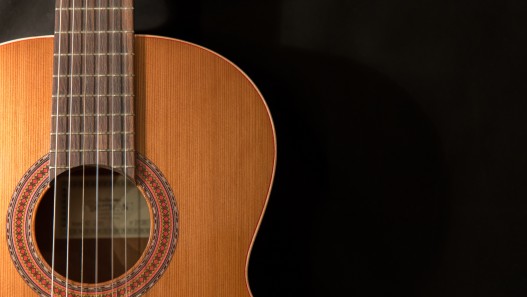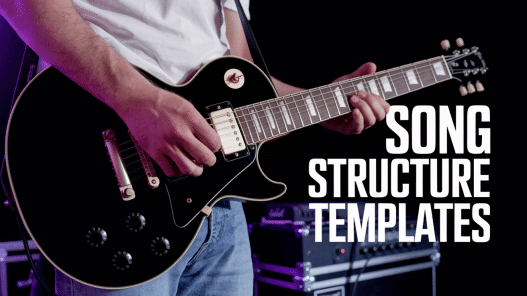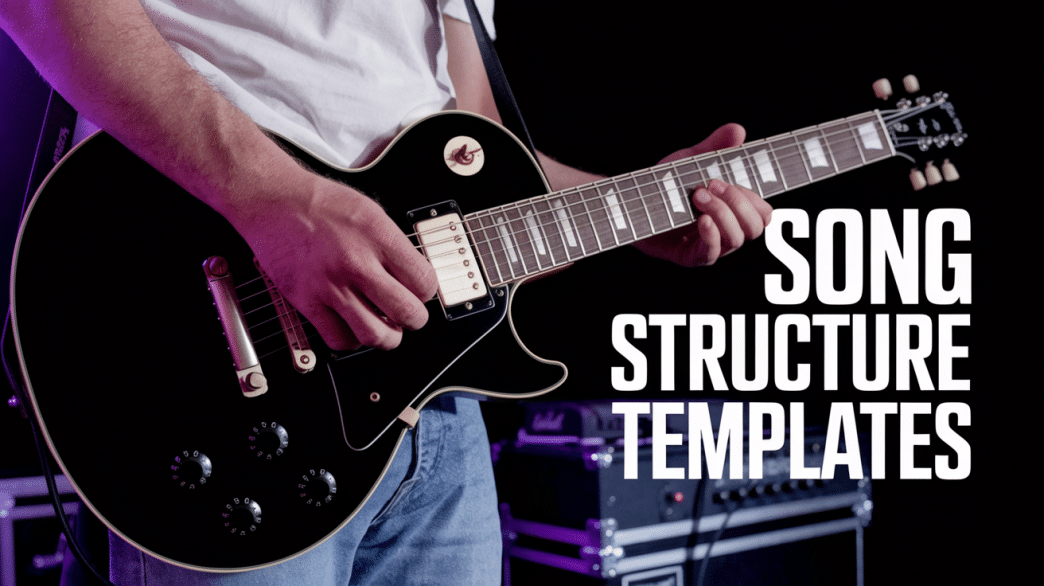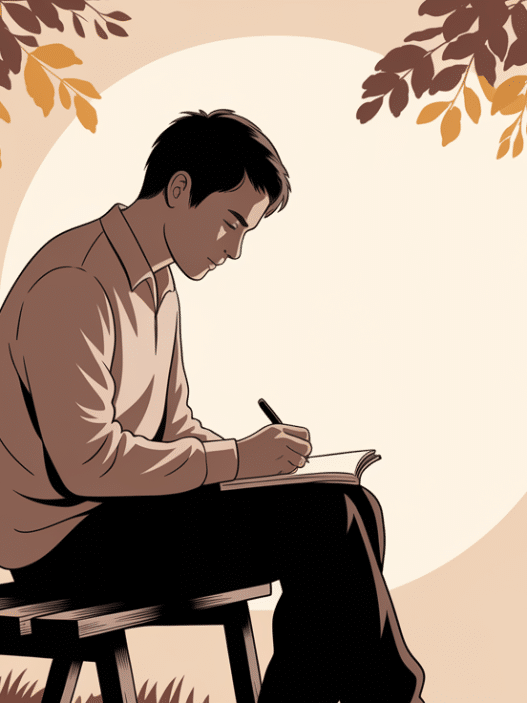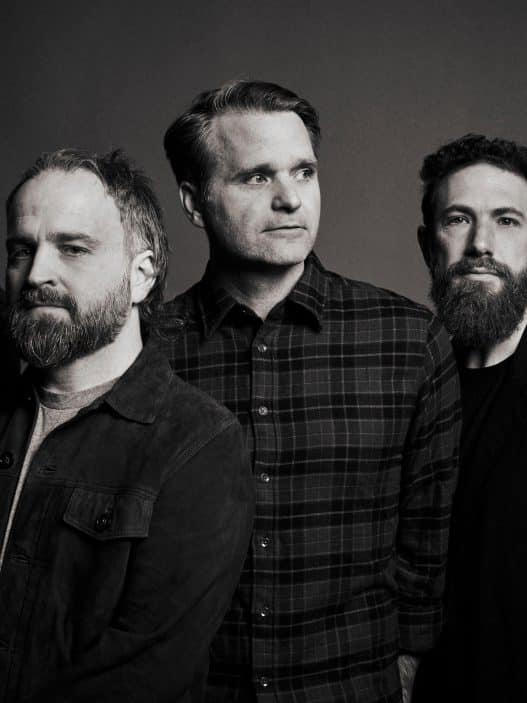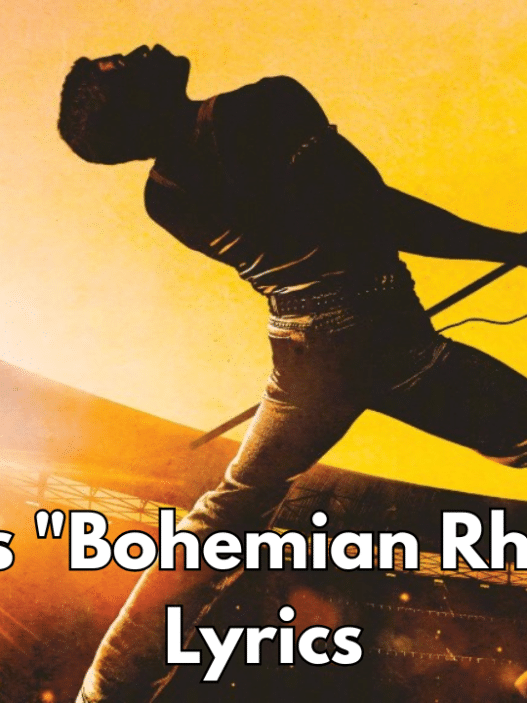“Wait, how does this part fit with that part?”
If you’ve ever felt stuck trying to piece together your song ideas, you’re about to get unstuck.
Song structure is like a map that guides both you and your listeners through your music. It’s the foundation that holds your ideas together and makes your songs work.
This guide breaks down song structures into simple, easy-to-follow patterns. You’ll learn about verses, choruses, and bridges without getting stuck in complicated music terms.
By the end, you’ll have clear templates to follow for different types of songs. These templates work for any style of music – from pop to rock to country.
Ready to turn your musical ideas into actual songs? Let’s get started with the basics of song structure!
What is Song Structure?
Picture your favorite song like a good movie – it has a beginning that pulls you in, a middle that keeps you hooked, and an ending that leaves you satisfied. That’s song structure at work!
Song structure is the secret recipe behind songs that get stuck in your head for days. It’s how Taylor Swift knows exactly when to drop that catchy chorus or how The Weeknd builds tension before that perfect beat drop.
Ever noticed how you can predict when the chorus is coming in most songs? That’s not an accident! Songwriters use tried-and-true patterns that feel natural to our ears.
The best part? These patterns work for any style – from hip-hop to country to rock. Once you know the basic building blocks, you’ll start hearing them everywhere, and you’ll be ready to create your musical magic.
The Key Components of a Song Structure
Ever wondered what makes your favorite songs feel so complete? It’s all about how the different parts work together – like ingredients in a perfect recipe.
Let’s break down these building blocks so you can start mixing and matching them in your songs!
Intro: Setting the Tone
The intro is your song’s first impression – those opening moments that decide whether someone keeps listening or skips ahead. A good intro establishes the mood, tempo, and musical theme of your song.
Example: “Billie Jean” by Michael Jackson (0:00-0:13) – The iconic bass line and beat that play for the first 13 seconds immediately set up the groove and feel of the entire song.
Verse: Building the Story
Verses tell your song’s story, adding new details each time they appear. This is where you paint pictures with your words and develop your ideas.
Example: “Hotel California” by Eagles (0:53-1:50) – The first verse, beginning with “On a dark desert highway…”, establishes the setting and begins the mysterious narrative.
Pre-Chorus/Lift: Creating Anticipation
The pre-chorus is like a musical runway, building energy and tension before taking off into the chorus. It signals to listeners that something big is coming.
Example: “Roar” by Katy Perry (0:50-1:00) – The “I got the eye of the tiger…” section creates tension before launching into the powerful chorus.
Chorus: The Heart of the Song
The chorus is your song’s main message – the part people sing along to and remember most. It typically contains your title and the central idea you want to stick in people’s minds.
Example: “We Will Rock You” by Queen (0:14-0:38). The “We will, we will rock you” chorus is simple and memorable and has been chanted by audiences worldwide.
Bridge: Adding Variety and Emotion
The bridge gives listeners a break from the verse-chorus pattern, often with a new chord progression, melody, or perspective. It’s a musical plot twist that keeps your song from getting repetitive.
Example: “Love Story” by Taylor Swift (2:38-3:00) – The “I got tired of waiting…” section provides a dramatic turn in both the music and the narrative.
Break: A Moment of Silence or Change
A break gives your song room to breathe – it might be a brief instrumental section, a drum solo, or even a moment of complete silence for dramatic effect.
Example: “In the Air Tonight” by Phil Collins (3:40-3:54) – The famous drum break creates an unforgettable moment that completely changes the energy of the song.
Outro: Closing the Song
The outro is your final goodbye – how you choose to wrap up your musical journey and leave listeners with a lasting impression.
Example: “Hey Jude” by The Beatles (4:00-7:11) – The extended “Na na na” fade-out outro creates a sense of the song continuing infinitely, inviting listeners to sing along.
Common Song Structure Examples
Here are the most popular song structures used by hit songwriters. Think of these as ready-to-use blueprints for your next song!
ABABCB: The Classic Structure
This tried-and-true format gives you two verses and choruses before a bridge that breaks things up, then ends with a final chorus for maximum impact.
| INTRO → VERSE → CHORUS → VERSE → CHORUS → BRIDGE → CHORUS → OUTRO (story) (hook) (story) (hook) (change) (hook) |
Example: “Uptown Funk” by Mark Ronson ft. Bruno Mars follows this structure.
The song starts with an intro (0:00-0:15), goes into the first verse
“This hit, that ice cold…” (0:15-0:45), hits the chorus
“Don’t believe me just watch” (0:45-1:15), returns to verse (1:15-1:45), back to chorus (1:45-2:15), then a bridge
“Stop, wait a minute” (2:15-2:50), and finishes with the chorus again (2:50-end).
ABAB: A Simple, Yet Effective Format
Perfect for shorter songs where you want to get straight to the point. Two verses, two choruses, no frills – just pure catchiness.
| INTRO → VERSE → CHORUS → VERSE → CHORUS → OUTRO (story) (hook) (story) (hook) |
Example: “Royals” by Lorde uses this structure.
After a short intro (0:00-0:06), it goes to the first verse
“I’ve never seen a diamond…” (0:06-0:45), then chorus
“And we’ll never be royals” (0:45-1:12), second verse
“My friends and I…” (1:12-1:49), and back to chorus (1:49-end).
ABABC: Adding a Chorus Twist
This format follows the basic pattern but ends with something different – perfect for songs with a powerful message or an emotional climax at the end.
| INTRO → VERSE → CHORUS → VERSE → CHORUS → BRIDGE/OUTRO (story) (hook) (story) (hook) (climax) |
Example: “Someone Like You” by Adele follows this pattern.
It begins with a piano intro (0:00-0:12), the first verse
“I heard that you’re settled down” (0:12-0:48), chorus
“Never mind, I’ll find someone like you” (0:48-1:21), second verse
“You know how the time flies” (1:21-1:56), chorus again (1:56-2:30), and then the bridge
“Nothing compares, no worries or cares” (2:30-end) serves as both a bridge and outro.
How to Spice Up Your Song Beyond Basic Structure
Ready to take your songs from good to unforgettable? Try these simple techniques that can make a big difference:
- Add a unique intro – Like the guitar riff in “Seven Nation Army” that hooks listeners instantly
- Create dynamic shifts – Switch between quiet verses and loud choruses to create emotional waves
- Try a beat switch – Change tempo/rhythm mid-song for a surprise that keeps listeners engaged
- Include an instrumental hook – A catchy melody without vocals that people can hum along to
- Use a false ending – Pause, then come back stronger when listeners least expect it
- Insert a breakdown – Strip back to minimal elements before building up for maximum impact
- Add a key change – Shift to a higher key for an energy boost in the final chorus
- Create a signature bridge – Use a completely different feel to break up repetition
- Feature an instrumental solo – Let one instrument shine to showcase musicianship
- Experiment with vocal effects – Layer or process vocals for a sonic identity
Want to keep your lyrics clean? Here’s what counts as explicit words in songs
Tips for Finding the Right Song Structure for Your Song
Not sure which structure fits your song? Here’s how to decide:
| If You Want To… | Try This Structure | Why It Works |
|---|---|---|
| Make it catchy | ABABCB | More chorus repetitions = more hooks |
| Tell a story | AABA or ABAC | More verse time = more narrative |
| Create a dance track | ABABBB | Extended chorus sections for the drop |
| Make a short, punchy song | ABAB | Gets to the point quickly |
| Build emotional impact | ABABC | Powerful bridge/outro for the climax |
| Create a ballad | AABABA | Verse-heavy with emotional chorus moments |
Quick Tips:
- Listen to recent hits in your genre – what structures do they use?
- Match your structure to your strongest part (great chorus = use more choruses)
- Consider your song length – longer songs need more sections
- Trust your ears – if it sounds right, it is right!
For a more detailed explanation, check out the video on how to choose the right structure.
Remember: Rules are made to be broken. Some of the most memorable songs became hits because they tried something different!
Your Song Structure: The Final Notes
Now, you have the building blocks to create songs that connect with listeners. Remember that song structure isn’t about rigid rules—it’s about giving your musical ideas a shape that feels satisfying.
The best songwriters know when to follow conventions and when to break them. Start with these tried-and-true structures as your foundation, then add your personal touch to make them your own.
Try recreating their structures with your music, then experiment with adding unexpected elements that make your songs stand out.
With practice, finding the right structure will become second nature. Soon, you’ll know instinctively when a song needs another chorus, a bridge, or a dramatic ending.
Now create something stunning—your perfect song is waiting to be structured!
No clue where to begin with songwriting? This beginner-friendly songwriting guide has you covered!






